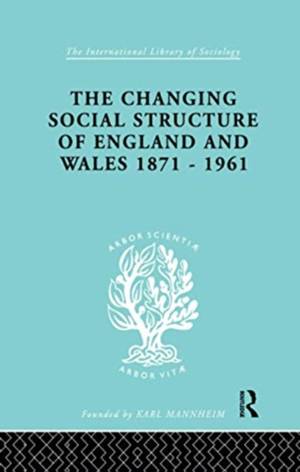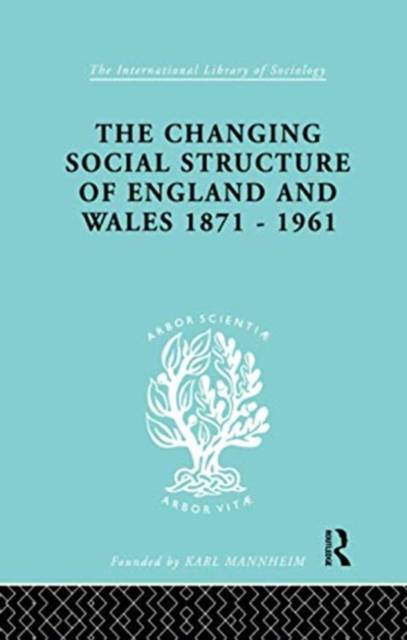
- Afhalen na 1 uur in een winkel met voorraad
- Gratis thuislevering in België vanaf € 30
- Ruim aanbod met 7 miljoen producten
- Afhalen na 1 uur in een winkel met voorraad
- Gratis thuislevering in België vanaf € 30
- Ruim aanbod met 7 miljoen producten
Zoeken
Omschrijving
This is Volume I of twenty-one in the Class, Race and Social Structure Series. Originally published in 1958, this is the second edition of a study that now focuses on the changing social structure of England and Wales between 1871 and 1961. The main object of this book, therefore, as it was in the first edition, is to introduce the student and the general reader to the maze of social statistics, which have become available, concerning the social structure of England and Wales. The emphasis throughout is on applied or descriptive statistics and a knowledge of statistical techniques therefore those (and they seem to be many) who have an instinctive dislike of mathematics need not be deterred from following the attempt which has been made to analyse the changing social structure with the aid of social statistics.
Specificaties
Betrokkenen
- Auteur(s):
- Uitgeverij:
Inhoud
- Aantal bladzijden:
- 288
- Taal:
- Engels
- Reeks:
Eigenschappen
- Productcode (EAN):
- 9781138970106
- Verschijningsdatum:
- 28/07/2016
- Uitvoering:
- Paperback
- Formaat:
- Trade paperback (VS)
- Afmetingen:
- 140 mm x 216 mm
- Gewicht:
- 335 g

Alleen bij Standaard Boekhandel
+ 180 punten op je klantenkaart van Standaard Boekhandel
Beoordelingen
We publiceren alleen reviews die voldoen aan de voorwaarden voor reviews. Bekijk onze voorwaarden voor reviews.











